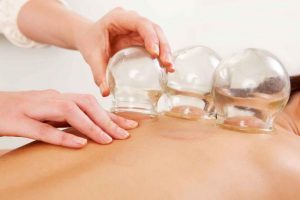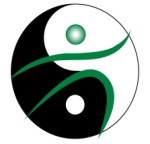
Cupping therapy is an alternative therapeutic method that has been popular in China since around 1000 B.C. Some records show that variations of cupping practices might actually be much older — possibly dating as far back as 3000 B.C.
Glass cups or silicone cups are placed on the patient’s skin to create a vacuum, so the blood is transported to the surface of the skin in specific parts of the body that need healing. Through suction, the skin is drawn into the cup by creating a vacuum in the cup placed on the skin over the targeted area. The vacuum can be created either by the heating and subsequent cooling of the air in the cup, or via a mechanical pump.
Cupping therapy offers several advantages including aiding in promoting blood flow and increase blood circulation to muscles and tissue, supplies oxygen to cells, loosens knots, and can release and drain excess fluids and toxins. Ancient Chinese Cupping therapy works by loosening muscles and stimulating blood flow to a particular region to increase blood circulation. Thus, it can help relieve the stiffness of muscles. Since it works to calm the nervous system, cup therapy is also used to treat a host of mental ailments. It relaxes patients and induces a sense of mental and physical peace.
Cupping therapy can be used to lower high blood pressure, treat rheumatism, and back and neck pain. Mental conditions such as migraines, anxiety, depression and fatigue also respond very well to the cup therapy treatment. Patients having respiratory problems such as allergies, asthma and the common cold have found that the therapy helps clear congestion and passages in the lungs. Varicose veins, gastrointestinal disorders, gynecological problems and blood disorders like anemia and hemophilia are other disorders that can be corrected using cupping therapy.
It is common to see discoloration of the skin in round patches where the cups are placed post-treatment. This is normal and is an indication of the efficacy of the cupping therapy. The treatment itself is painless, so do not be misled by the sight of bruises on those who have undergone it. Many Olympic athletes utilize cupping therapy, and show off the marks during competitions, the maintain their peak physical and mental states.

